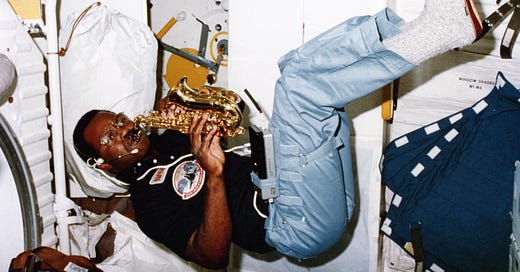Paraphrasing Voltaire? Well, a jazz musician has no problem with that, we take on all comers! So let us examine the origin of the instrument that changed musical history, that became the very symbol of jazz, and that prompted notorious billionaire playboy Jorge Guinle to remark My only regret is that I wish I had studied the saxophone more seriously so…
Keep reading with a 7-day free trial
Subscribe to Temple of Artists to keep reading this post and get 7 days of free access to the full post archives.



